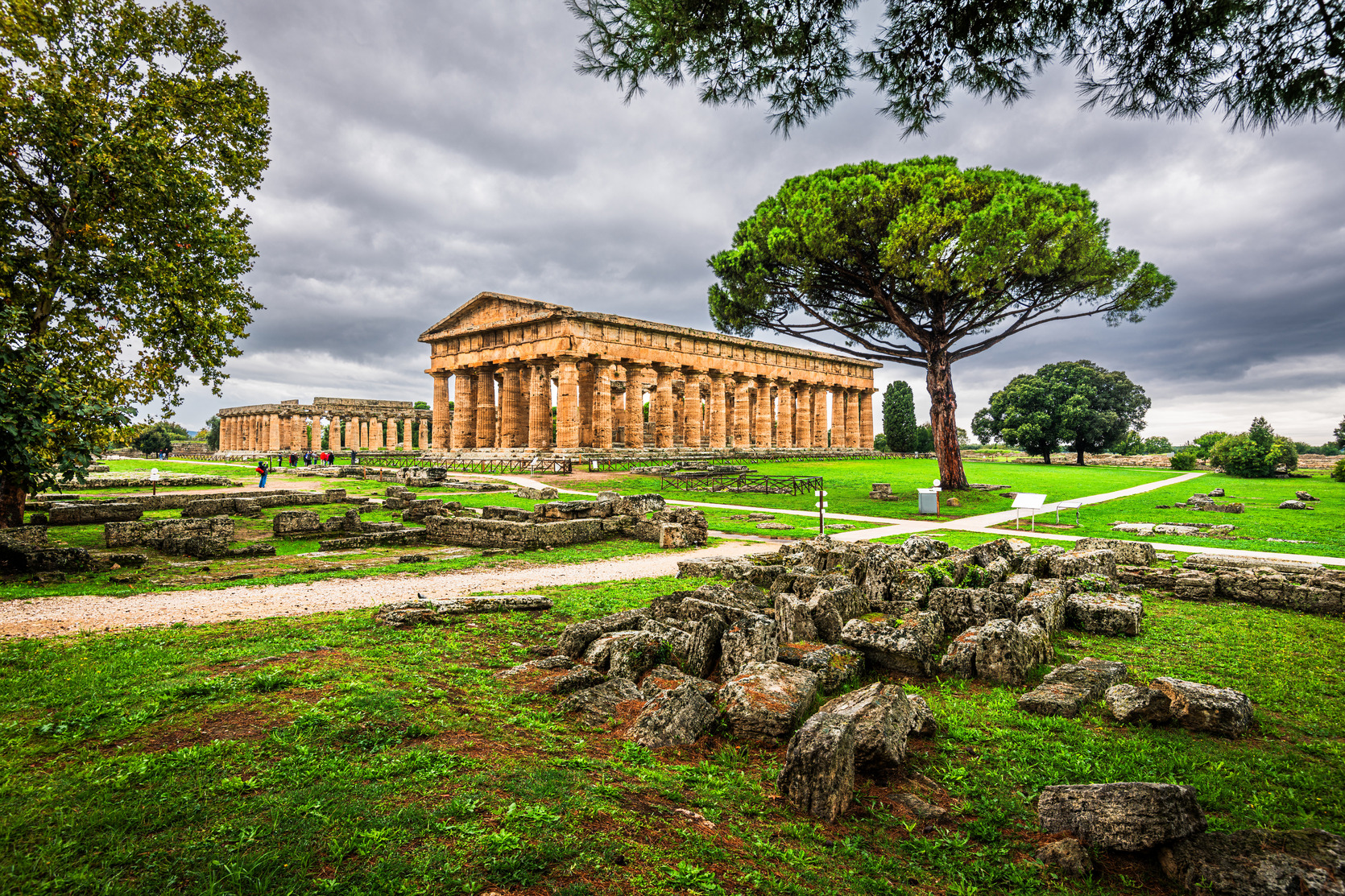One of the largest amphibious invasions ever to take place in world history began on June 6th, 1944. Against all odds American, Canadian and English troops stormed the beaches of Normandy, France and were confronted by a barrage of German artillery fire attempting to defend the coastline. This epic battle, captured by war correspondents and photographers, became a major turning point for Allied forces and set the stage for the demise of Adolph Hitler and his war machine.
The images of Allied landing craft sailing through the choppy sea as they approached the Normandy beaches while (in some cases) narrowly escaping German mortars exploding on every side of the boats causing huge splashes and showering the crammed troops on board, is a common scene depicted in actual war footage, photos and in movies like Saving Private Ryan. Another famous image of that historical event and published in many American history textbooks/magazines is General Dwight D. Eisenhower, giving a pep talk to paratroopers before the invasion.
Undoubtedly these war images will be seen again as the 70th anniversary of D-Day approaches but for many observers the event is just a story from the distant past. For this reason and because many are deceased, it is rare to meet someone who experienced many of the images commonly connected to the invasion and who can offer a vivid and dramatic account of what occurred.
I had the distinct honor and privilege to interview World War II Veteran Rocco Morreto who survived one of the bloodiest battles in human history. Here was a unique opportunity and a once in a lifetime experience to interview someone who participated and witnessed a pivotal moment (in American and World history) that is truly hard to imagine as an outsider or understand the emotions running through a soldier’s mind in the midst of battle. These impalpable moments cannot be captured on war footage or photos or at times even from a book.
I also wanted to listen to an actual eyewitness account of the carnage and suffering of that horrific day while at the same time get a sense of the valor and courage displayed by Rocco and his comrades. In short, oral history is an invaluable resource to be used when searching for answers unobtainable through other primary sources. Moreover it was important for me to hear from a man who had no reason to edit his description or embellish his own experiences of what happened on that day.
Rocco Morreto retired from Amtrak a few decades ago and is 89 years old. He resides in Queens, NYC and is in great shape with the exception of having a walker to assist him in his balance. He is a delightful, soft spoken veteran who served in Company C, 1st Battalion, 26th Infantry Regiment, 1st Infantry Division, from 1943 to 1945.
Rocco was born and raised in New York City’s Hell’s Kitchen area to immigrant parents from Southern Italy. His father had fought in the US army in World War I, so for Rocco being drafted into the US army on February 12th, 1943 was a badge of honor. His basic training was at Camp Wheeler, Georgia where he learned the art of combat. He did confess that while he was in boot camp “I was confused about what to do. I did not know my right foot from my left but as time went on I became very confident, especially on how to use a bayonet.”
From boot camp Rocco and his battalion went to Liverpool, England and trained for several more months until each unit was put into a camp and could not leave. Remembering that moment he said, “We couldn’t get out of it, and no one could come to visit. We were paid in Francs, French currency, so we knew that the invasion was going to be in France, but we didn’t know where exactly in France it was going to occur.” He went on to say, “the only time I knew where the invasion was going to take place was when I was on a landing craft headed to Normandy.”
On the other side of Normandy and before the big event, in 1944 Field Marshall Erwin Rommel predicted an allied invasion any day in northern France. In fact several months before and with his supervision, Rommel ordered the construction of concrete bunkers that were armed with artillery and machine guns and buried mines in the Normandy beaches. In the end Rommel’s plan to cover such a vast amount of shoreline, in a short amount of time, was impossible. This meant that some beach areas were almost like a fortress while other areas were more vulnerable to an attack.
The main problem for the Germans however, was that they did not know for sure where or when the attack would occur. Nonetheless, Rocco explained the weather forecast for June 5th & 6th was not favorable “both days were grey and dreary with heavy rain in the forecast” but Allied commanders did not want to delay the surprise attack because they feared it would leak out to the Germans. Staff Sergeant Morreto became part of the second wave of troops to land on a beach code name Omaha.
“Landing on Omaha beach was very difficult because the craft kept running into obstacles while trying to land. There was also shooting going on the coast of the beach. As a result, all of the people had to get off the craft and swim to shore. People were trying to get off, and they all had about 60 pounds of equipment. One of the things the soldiers had, were life preservers, which would activate in order to stop the person from drowning.”
He paused for a few seconds to collect his thoughts and continued to explain that “if the life preserver is activated before jumping in the water, it could flip the person over. Unfortunately, my life preserver inflated by accident, but the person behind me deflated it for me before I was about to drown. While in the water soldiers were shooting, and people were drowning. The water was red from the blood of the people that were shot. I was afraid of drowning, not getting shot. However, I managed to get on shore and get out of the water.”
Rocco survived despite the odds and his division continued to fight the Germans as they retreated back to Berlin. He went on to fight in the Battle of the Bulge in the winter of 1944 until the war ended. Staff Sergeant Rocco Morreto was one of two soldiers (out of 219) in his battalion who was not wounded, captured or killed. Once we concluded our interview he looked away and said with a slight crackle in his voice “I am really proud of the people that I fought with. There hasn’t been a day in my life that has gone by when I don’t think about them.”































